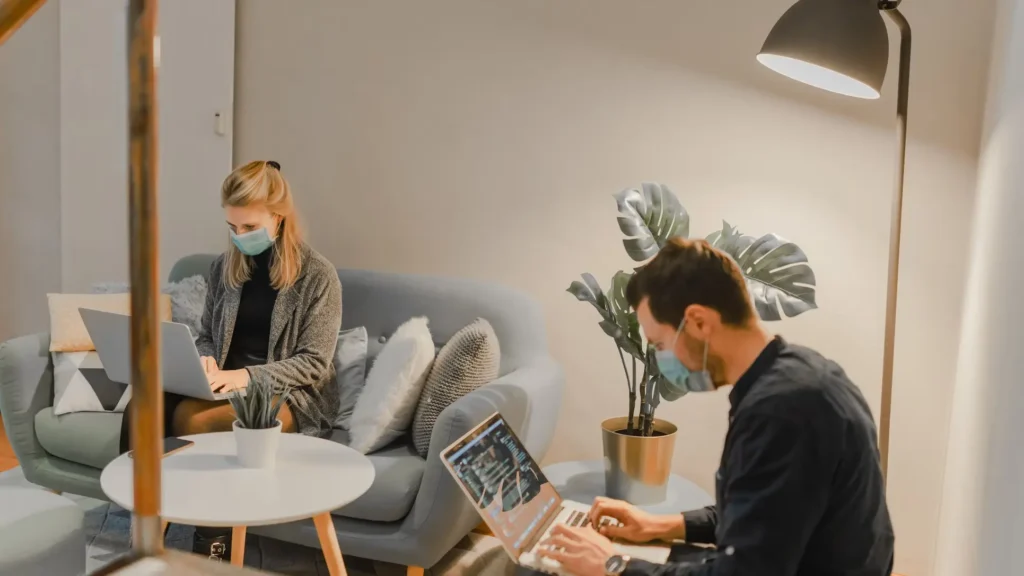Much has been written about the need to communicate early and often during a time of crisis. It’s a sensible suggestion, after all. The main driver of fear and anxiety is lack of knowledge, and therefore maintaining an open line of communication with customers is a guaranteed way to provide the answers they require and to appease their concerns.
So far, so good.
Clearly, companies have been paying attention. In the past several days I’ve received dozens of emails informing me of how any company I’ve ever stumbled across is handling the pandemic. I assume I’m not alone.
So what’s the problem? The goal of customer communications at a time of crisis is twofold: To communicate important information and to calm the fears of anxious customers.
I don’t know about you but receiving this failed to accomplishing either goal, at least for me:
The first—and obvious—issue is that I wouldn’t read an email that long (and here, it’s even cropped) if it came from my boss two days before my bonus pay was determined, let alone when it’s coming from one of a long list of companies I casually know at a time of crisis and anxiety.
So it doesn’t really matter what’s written in this email; the form factor shows that the company was more concerned with ticking “send customer communications” off their crisis to-do list than they were in actually helping their customers through the crisis.
And then I received the video below from American Airlines. I loved it, and thought it was a huge improvement over all text-based communications I had previously received. Here was the president of the company looking at me in the eye and connecting with me on a personal, emotional level.
It made me want to listen. It made me feel like somebody was trying to connect with me on a human level. Well, not with me per se, but at least somebody was trying to connect with us—the customers—on a human level. Score 1 American Airlines.
But wouldn’t it be great if the CEO actually was trying to connect with me personally and not just with all customers? My daughter’s birthday trip to Japan was planned for next month; surely my situation isn’t the same as someone who has no current flight reservations? I’ve also been a pretty great customer and feel my status has earned me a bit of personal attention, especially at a time like this.
Wouldn’t it be great? Yes, it would.
With the risk of being overly sales-y at a time when I shouldn’t, THIS is what we built our technology for. We designed our Personalized Video platform to be as close as possible to face-to-face interactions, but conducted at scale and online. We understood that putting a face on customer interactions was always going to be important, and even more so in a time of need.
And now, a black swan event has happened. And the already fast migration to online customer experiences has immediately gone full digital. No more gatherings, no more events, no more face-to-face interactions, no more leaving home. Has there ever been a time where the imperative to engage customers on a personal, human level in the digital world was more apparent?
Personalized Video has already been used to connect between CEOs and customers on a human level in order to address feelings of anxiety. Check out the example below from our client ETB, where the CEO connects with each customer to address uncertainties about their first bill.
Sure, not understanding why you just got a prorated bill may not be quite as bad as not knowing what will happen if you miss a mortgage payment due to a global pandemic, but the path to addressing customer fears is the same—to use the closest technological alternative to face-to-face interactions.
Walmart and McKinsey have also followed a similar path to connecting with partners and investors.
Creating direct, human connections with your customers has never been more important. Succeed in establishing them, and your customers will thank you and remember you for it.
Want to see what Idomoo can do for you? Sign up for a demo.





